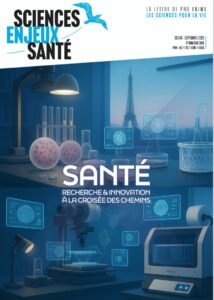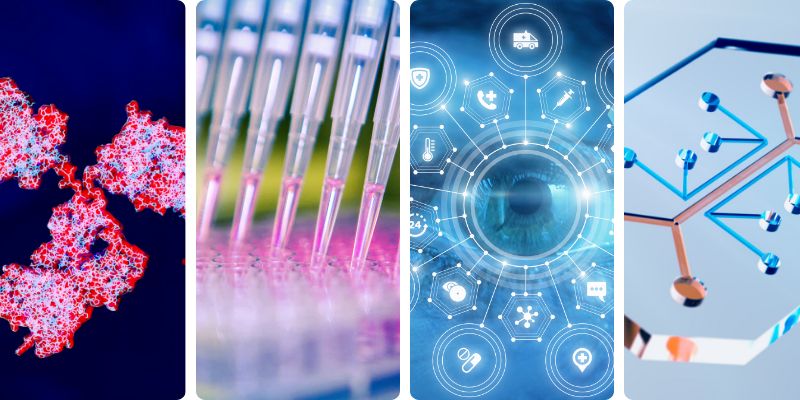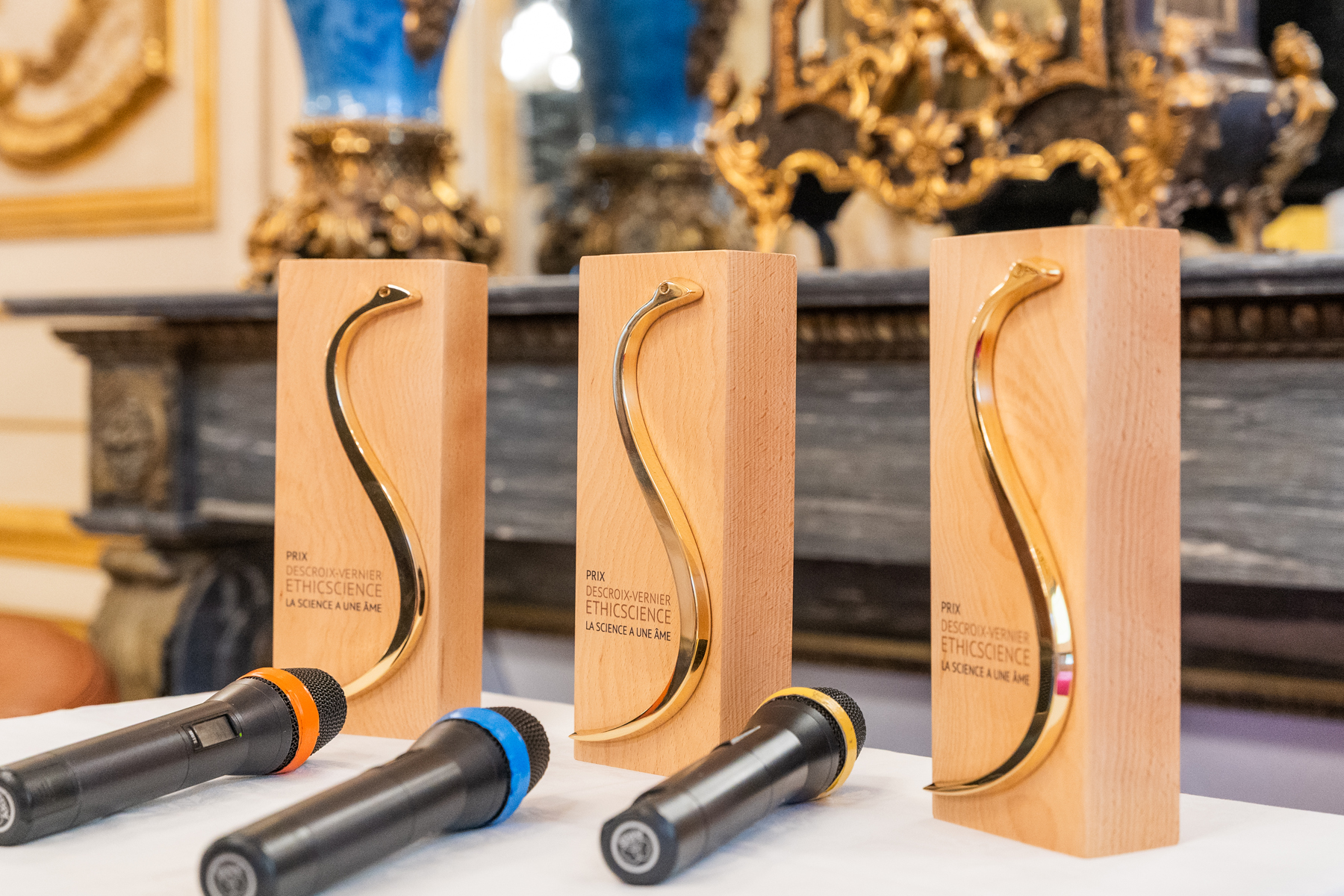
2025 DVES PRIZE : Laureate of Development and Applicability category
PDAC-ON-A-CHIP, UNIVERSITY OF LORRAINE
SES116 — March 2025Professor Halima Alem-Marchand holds a PhD in Materials Science from the Catholic University of Louvain in Belgium. Her research focuses on interdisciplinary approaches to integrate bioprinting and organs-on-chips for cancer modeling; her work includes work with the Lorraine Cancer Institute.
Dr. Lina Bezdetnaya-Bolotine holds a PhD in biophysics from Moscow State Medical University, Russia. In 1993, she joined Henri Poincaré University in Nancy and was subsequently appointed professor. Since 2005, she has been part of the Center for Research in Automation (CRAN), CNRS, Nancy-Université, where she develops 3D models to reproduce the tumor microenvironment with the aim of proposing a personalized anticancer therapy approach.
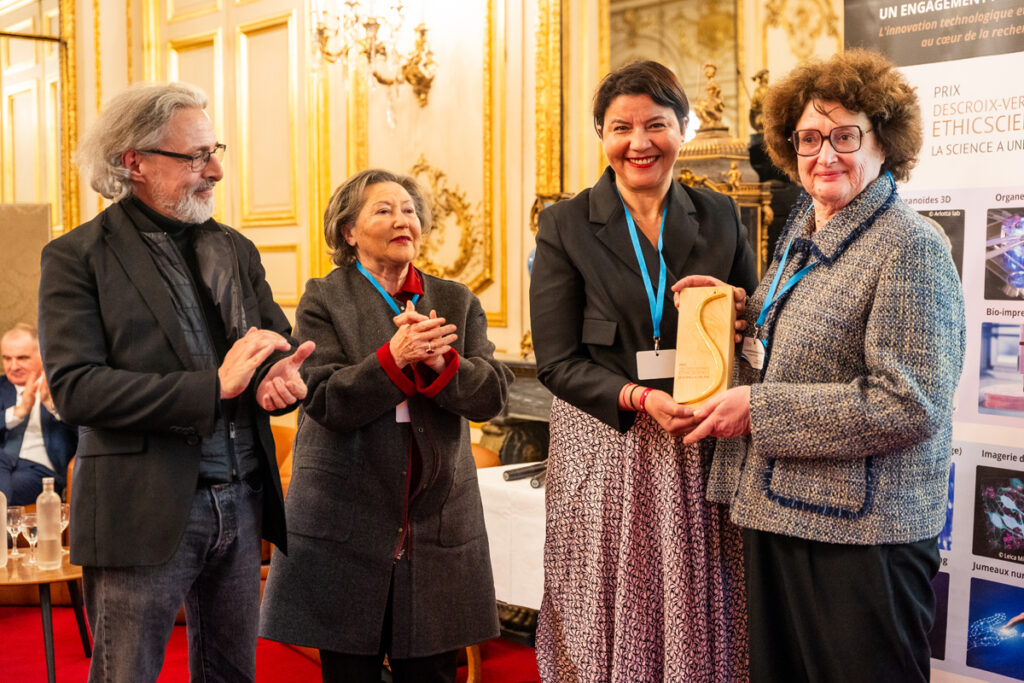
Pro Anima Committee: Could you briefly introduce your “PDAC on a chip” project for our readers, its specific features, the objectives and results (in terms of innovation and/or application) you expect, and by when?
Professor Halima Alem-Marchand & Dr. Lina Bezdetnaya: Our project aims to replace animal models in cancer research by developing a PDAC (pancreatic ductal adenocarcinoma) model on a chip.
This dynamic and rapidly growing model will combine two major innovations:
i) 3D bioprinting with living cancer cells, organized in an extracellular matrix (a structure outside the cells) using biomaterials that mimic the tumor microenvironment. This innovative model aims to reproduce as closely as possible the biological functions of pancreatic tissue.
ii) The latter will be placed on microfluidic chips to simulate the circulation of the drug in the blood.
This project aims to create an advanced “cancer-on-a-chip” platform, offering predictive tools and alternatives to animal testing to advance our understanding of drug resistance phenomena. The ultimate goal of this project is to help researchers understand drug response, efficacy, and limitations. This research will enable optimized cost-benefit analysis while strengthening compliance with animal ethics.
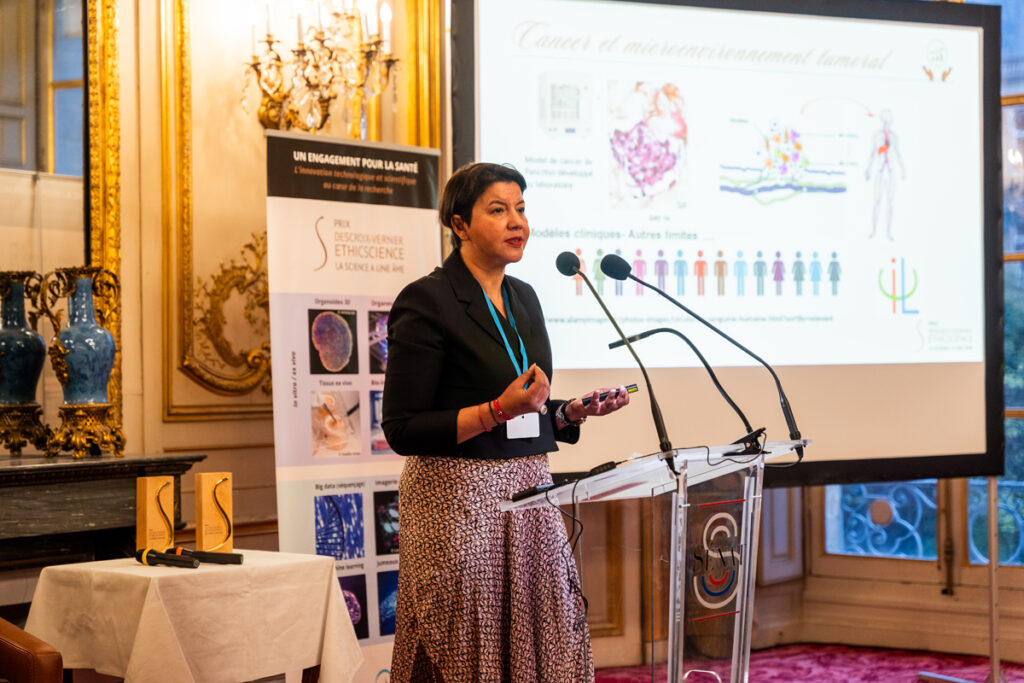
P.A.: The unique feature of the Descroix-Vernier EthicScience Prize is that it promotes and rewards innovative research programs outside of animal models. What were your motivations, the reasons that led you to work on and/or develop these innovative human-centered tools?
HM and LB: A little less than 10 years ago, we met and began collaborating on the development of smart nanoparticles for cancer therapy applications. Together, we demonstrated their effectiveness on cells cultured in 2D. However, it is well known that this model has limitations in terms of biological relevance. We therefore sought to test the approaches on more advanced models. With the emergence of organs-on-chips, their potential in biomedical research, and their ability to better reproduce human biological phenomena than animal models, it seemed essential to us to embark on this path.
Developing on-chip cancer models not only allows us to study cellular interactions and treatment resistance mechanisms in depth, but also to offer an ethical and more predictive alternative to animal testing. This is why we have decided to focus our expertise and efforts on this path without animal testing, in which we have great confidence.
“This award recognizes our commitment to ethical, innovative research focused on clinical application. It strengthens our visibility and helps us convince other researchers and institutions of the importance of alternative models to animal testing”
P.A: What do you think makes these new non-animal models so powerful, and in your experience, what motivates a researcher to use these innovative tools?
HM and LB: First of all, it’s the best representation of human physiology. 3D models combined with microfluidics faithfully reproduce the tumor microenvironment, including cellular interactions and fluid dynamics. Our models therefore make it possible to test anti-cancer drugs/therapies directly on structures that mimic human tissue, thus improving the reproducibility and predictability of results.
Today, more than 90% of molecules tested on 2D cells or animals fail in clinical trials. With the proposed platform, we hope to achieve a significant reduction in failures in clinical research and better representation of PDAC, while also offering a reliable and less expensive chemical library to physicians and pharmaceutical companies.
A researcher would adopt these tools to have access to more relevant data for the study of cancer (resistance mechanisms or the initiation of the metastatic process) and the efficacy or limitations of treatments. The reproducibility of results compared to animal models, which are often complex and variable, is also a major challenge; this could be limited with these new tools.
P.A.: Into which research context (French, European, international) does your work fit? What are the challenges of your project?
HM and LB: Our research is taking place in an international context where the need to replace animal testing is becoming a priority. The European Commission actively encourages research into alternative models to animal testing, with dedicated funding (Horizon Europe). Furthermore, the European Medicines Agency (EMA) promotes animal-free approaches for preclinical trials. At the international level (FDA in the United States, CFDA in China), the interest in advanced in vitro models is reflected in the development of biobanks and organoids, which will improve screening and testing tools for new treatments, particularly for aggressive cancers such as PDAC.

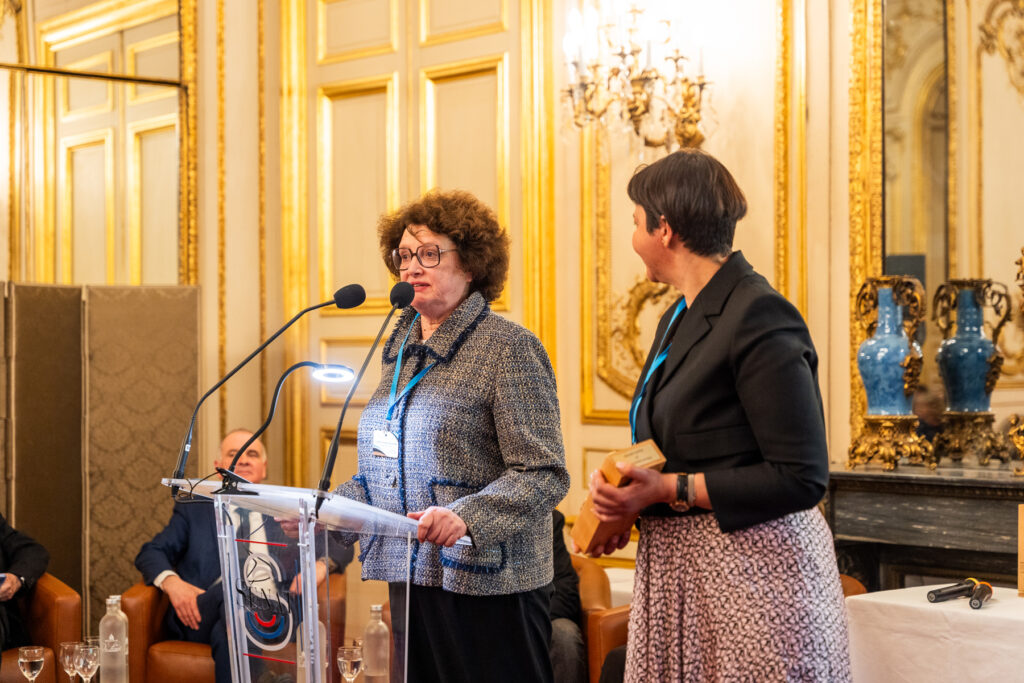
P.A: Which point in your career and research does this award mark you out, and what will it allow you to accomplish?
HM and LB: This award comes at a key moment in our project, where we have already optimized and characterized two cancer models (pancreatic and ovarian) using simple bioprinted PDAC. With colleagues specializing in fluid dynamics, we have developed a patented microfluidic system to study several different drug doses and extract information on the influence of drug concentration on drug penetration into a cancer site. This award will therefore support a thesis that will further develop new knowledge about the limitations of current treatments.
This award recognizes our commitment to ethical, innovative research focused on clinical application. It strengthens our visibility and helps us convince other researchers and institutions of the importance of alternative models to animal testing. Ultimately, our ambition is to make these models a new platform in preclinical research, in order to gradually reduce dependence on animal models and offer faster and more effective solutions for patients.
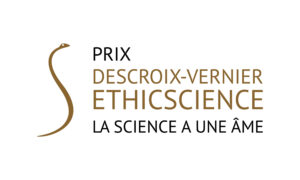
Crédit image: Comité scientifique Pro Anima, Axel Coquemon

